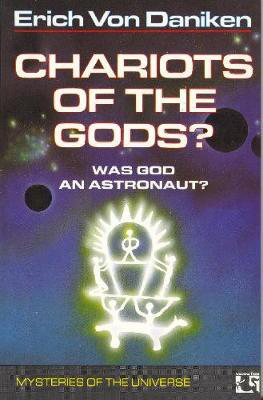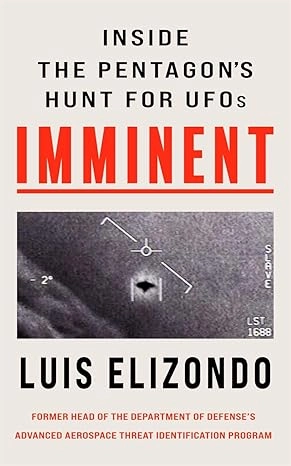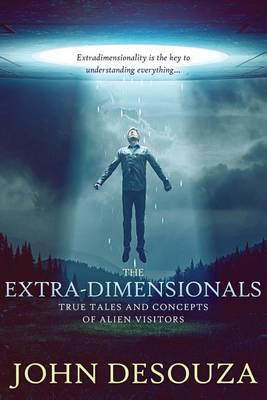Celestial Spectacle: Rare Planetary Alignment Dazzles Night Sky
Science/Medical/Technology
Tuesday 21st, January 2025
2 minute read.
For the first time since 2018, a rare planetary alignment is gracing the night sky from tonight, with six planets visible in a row. Known as a "planet parade", this celestial event will be visible from the northern hemisphere until 28 February 2025.
The alignment includes Venus, Mars, Jupiter, and Saturn, which can be seen with the naked eye, while Neptune and Uranus will require a telescope or binoculars for viewing.
Danielle Wilcox, Resident Astronomer at the Blackrock Observatory in Cork, highlighted the significance of this occurrence. “We don’t get so many planets all at once in the sky”, she said. “We have times when one or two planets are visible but to have multiple is a spectacular event”.
Ms Wilcox explained that this is an ideal opportunity for people to familiarise themselves with the night sky. “It’s a good way to start getting to know the night sky”, she noted.
For those without specialised equipment, Ms Wilcox detailed what to look for:
Ms Wilcox identified the 27th of February 2025 as the best night to view the alignment, citing the lack of moonlight as a crucial factor. The absence of the moon’s brightness will make the fainter planets, such as Neptune and Uranus, easier to spot.
This celestial event is a rare treat for skywatchers and will not occur again for several years. Observers are encouraged to make the most of this opportunity before the planets drift apart at the end of February.
The alignment includes Venus, Mars, Jupiter, and Saturn, which can be seen with the naked eye, while Neptune and Uranus will require a telescope or binoculars for viewing.
Danielle Wilcox, Resident Astronomer at the Blackrock Observatory in Cork, highlighted the significance of this occurrence. “We don’t get so many planets all at once in the sky”, she said. “We have times when one or two planets are visible but to have multiple is a spectacular event”.
Ms Wilcox explained that this is an ideal opportunity for people to familiarise themselves with the night sky. “It’s a good way to start getting to know the night sky”, she noted.
For those without specialised equipment, Ms Wilcox detailed what to look for:
- Venus: Appearing as a very bright star.
- Saturn: A smaller, less bright star-like point.
- Jupiter: Highly luminous and prominent.
- Mars: Red in colour, smaller, and less bright than Jupiter.
Ms Wilcox identified the 27th of February 2025 as the best night to view the alignment, citing the lack of moonlight as a crucial factor. The absence of the moon’s brightness will make the fainter planets, such as Neptune and Uranus, easier to spot.
This celestial event is a rare treat for skywatchers and will not occur again for several years. Observers are encouraged to make the most of this opportunity before the planets drift apart at the end of February.



